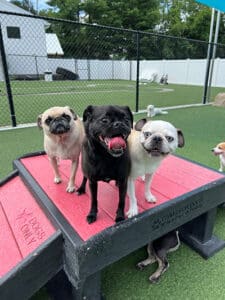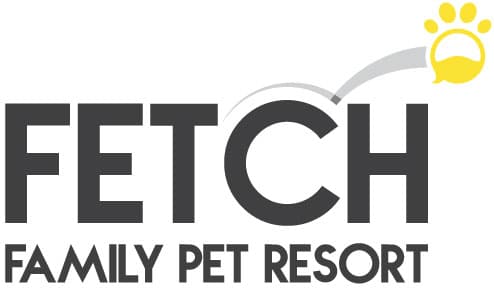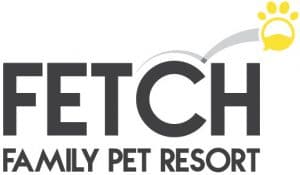When a dog barks or growls or even attempts to bite, it is seen as aggressive behavior. While this can be frightening and a cause for concern, did you know there are seven types of dog aggression? Understanding each and their origins will help develop treatment plans and improve behavior and safety.
Fear Aggression: Dogs responding to fear will usually go on the offense. It’s an innate behavior based on survival instincts. It can be towards a person, another dog, a car, and even an unfamiliar object like a vacuum cleaner, a bicycle, even a familiar person in unfamiliar clothing. Ever hear someone say, “My dog doesn’t like people in hats?”
Territorial Aggression: Your doorbell rings and your dog goes crazy…the garbage truck pulls up and your dog tries to launch through a window. This is territorial aggression and can be rapid and significant. Your dog has a space or area that it feels is “theirs”. It can be inside the home, inside the yard, and even areas adjacent.
Intra-Household Aggression: This occurs when multiple dogs live in the same home. Not every match is made in heaven when it comes animals. It can be ongoing, or it can explode unexpectedly. The more dogs in a home, the greater the chances of experiencing aggression. Four seems to be the tipping point where the aggression can be constant. It can be hard to treat without decreasing the number of dogs in the house.
Resource Aggression: Dogs use this type of aggression to keep humans and others pets away from their food, treats, toys, their space, and even their owners. A dog exhibiting this type of aggression will usually monitor things from a distance and only respond when the resource item is approached by another person or pet. This type of aggression can escalate quickly and needs to be addressed when it first occurs.
Prey Aggression: Your dog sees a squirrel or rabbit and takes off like an Indy race car. It’s okay when it’s your backyard; it’s not so great when they are on a leash. This type of aggression is straight forward. Your dog’s predator instincts kick in.
Control Related Aggression: This usually occurs with dogs coming from previous owners who have been mismanaged. It’s directed at the new owner as they try and bond with their new pet and establish rules and boundaries. While initially terrifying, especially to first time dog owners, the prognosis is quite good with new learned behavior and trust building.
Idiopathic Aggression: This is the toughest one. It’s the quick and rapid aggression that comes without warning and for no apparent reason. Outbursts are severe and dangerous. There is no definitive trigger, and quite possibly is neurological in origin. It increases with a dog’s age and happens in many dog breeds known for aggressive behavior. Treatment options are limited.

Carolyn
Carolyn’s Corner
Carolyn Lapps is the General Manager at Fetch Family Pet Resort. Her love and passion for all animals began at a young age and has led to a career. She is frequently consulted on pet socialization, family integration issues, and is highly regarded for her experience with domestic animal management and care.

